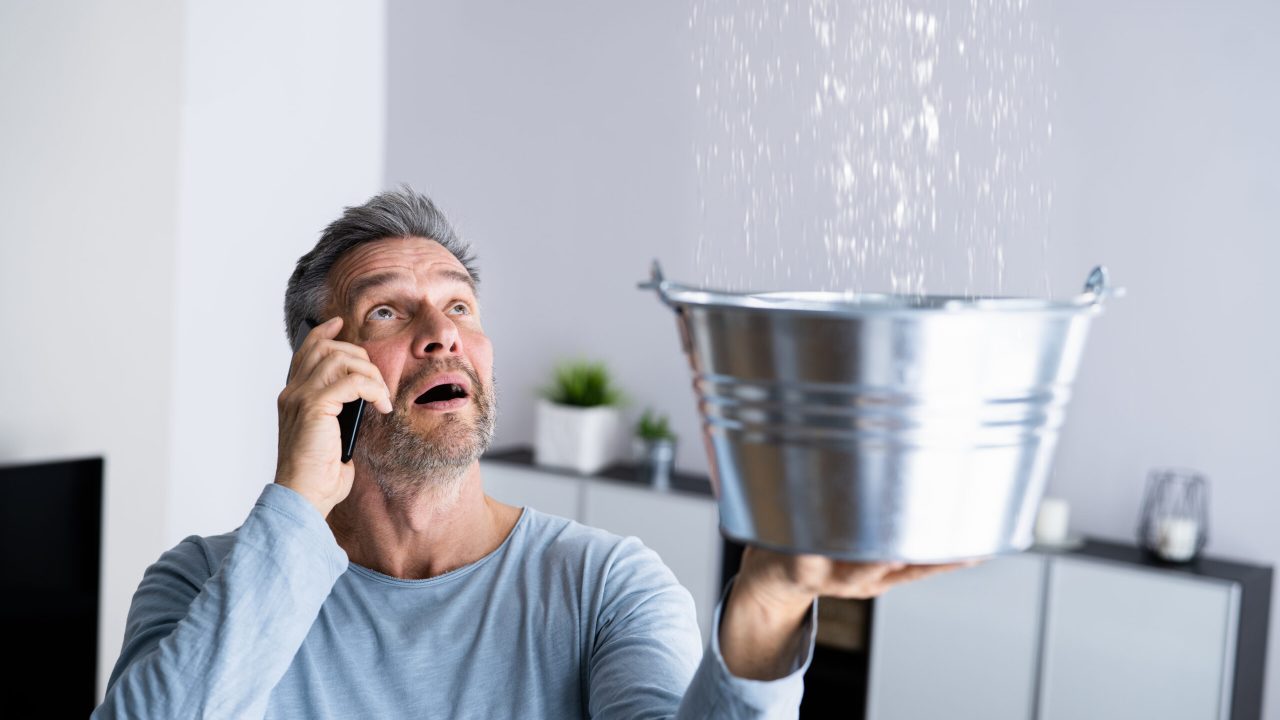Water is one of the most destructive elements to any home when it invades uncontrollably. In fact, even the smallest pipe leaks can create lots of damage to the affected area if left alone for too long.
Figuring out what to do when faced with water damage can seem daunting. However, by focusing on key things to remember, you can make the right decisions and help minimize the damage.
Here are some key points to keep in mind when dealing with water damage at home, according to Water Damage Specialist and other similar companies specializing in water damage management. Keep on reading to learn more.
- Locate The Source And Stop It
The first thing to remember when you notice water damage in your home is to locate its source.
In general, burst pipes are easy to locate since they tend to release lots of volume of water. Meanwhile, for smaller leaks, you’ll often see signs such as wet, saggy walls, ceilings, and floors or water puddles.
To stop the further release of water, make sure to locate and turn off your main water line. Nonetheless, if water occurs due to a storm, there’s only so much you can do to prevent it from entering your home. For instance, if it comes from a leaking roof, you can try to use buckets to catch the water.
- Switch Off Your Main Power Line
Aside from turning off your main water line and trying to prevent further water leaks, you need to turn off your electricity as well.
Water and electricity can be a fatal combination. Failing to turn off circuit breakers can increase the risk of explosion or electrocution. Always remember to switch off your main water lines and unplug any electrical devices and appliances near the affected area as soon as you notice water damage in your home.
- Assess The Source And Volume Of Water Damage
Once you’ve managed to stop the source and ensure safety, the next thing to do is to determine the type of water and volume.
In general, small leaks may be manageable on your own. Yet damages caused by heavy flooding requires the help of a Wantagh water damage restoration professional. The most important thing to understand is the type of water that invaded your property.
The type of water can determine your next move. In general, three types of water may occur:
- Clean Water
Water damage caused by leaky pipes or rain is known as clean water and rarely poses a serious health issue.
- Gray Water
This type of water can be slightly contaminated with harsh chemicals and often came from leaking appliances such as washing machines, dishwashers, or toilets.

- Blackwater
The most harmful type of water damage, blackwater comes from a compromised sewer, backup toilet, or flooding from rivers or lakes. It contains harmful contaminants and is unsafe to handle on your own.
Regardless of the type of water that invades your home, you’ll need to call a professional restoration service right away. Not only can they help in resolving the issues faster, but they ensure your and your family’s safety and health as well.
- Contact Your Insurance Provider And Document Everything
While waiting for professional help to arrive, you also need to call your insurance provider. Let them know about the water damage you’re facing and ask about the claim process to help minimize your repair costs.
Don’t forget to take enough videos and photos of the damaged areas for documentation and serve as evidence for your insurance claim. And take pictures of the damages on your valuables since these can impact your total coverage costs.
- Dry Out The Area
Once you’ve documented everything, you can now remove as much water as possible from your home. As you wait for the water damage restoration company to arrive, you can take it upon yourself to get rid of extra moisture as long as it isn’t blackwater. After all, the longer you leave the water alone, the more it seeps into your home’s structure and causes damage.
If you have a wet and dry vacuum cleaner, you can use it to suck up water. Or you can sweep the water out of the area using a broom. For small puddles, you can use a squeegee or sponge to remove most of the water from the house.
Make sure to remove all affected items from the room including carpets, rugs, furniture, and appliances. Open the windows and doors to facilitate ventilation. Lastly, you can use a dehumidifier and fan to dry out the area as long as it’s safe to use and plug them into nearby outlets.
Takeaway
Whether it came from extensive flooding after a storm or a plumbing issue, such as hidden gradual leaks, water can wreak havoc on your property in various ways. As such, being fully prepared and knowing what to do can help you act fast to prevent more serious problems along the way.






